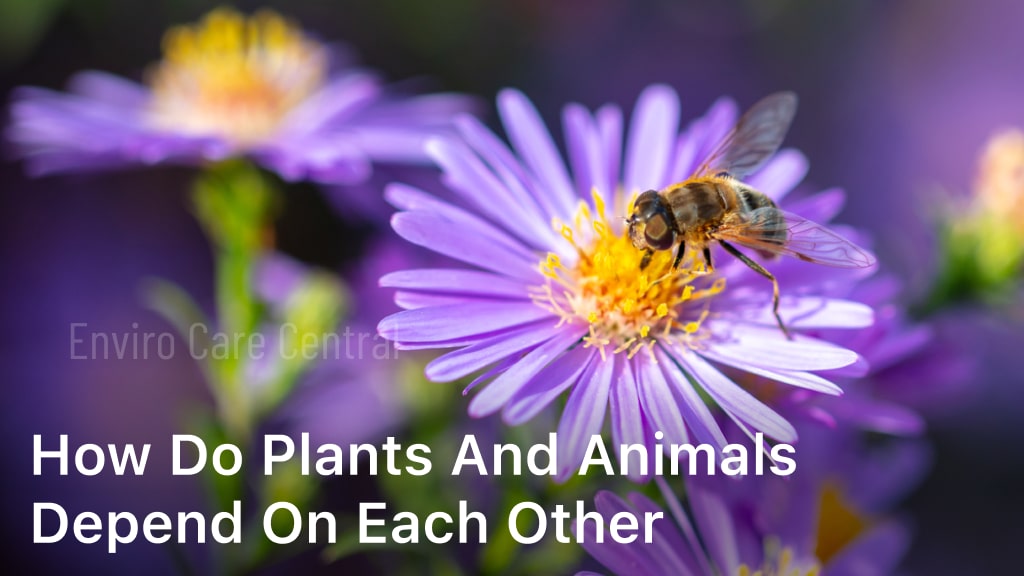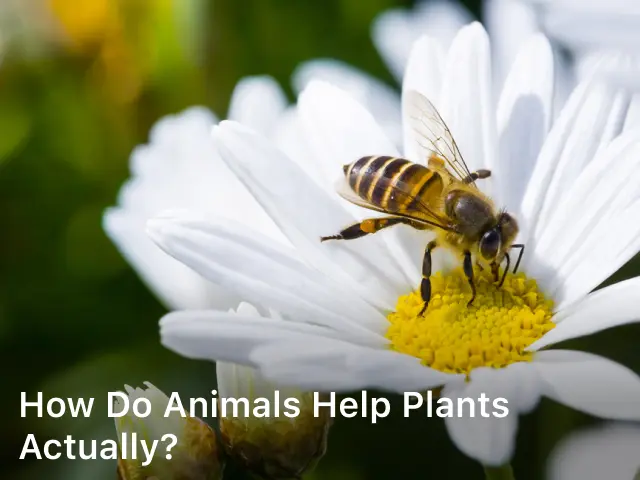How Far Apart to Plant Strawberries: A Gardening Guide

In this guide, we’ll look at the best strawberry plant spacing for a great strawberry patch. It’s key to know how far to keep strawberry plants for a big and healthy harvest. Whether you’ve been gardening for a while or you’re just starting, knowing distance between strawberry plants is important.
We’ll talk about strawberry row spacing and what different strawberry varieties need. We’ll also give you a step-by-step to set up your strawberry bed for the best results. By the time you finish reading, you’ll be ready to plant your strawberry garden for lots of tasty berries.
Understanding Strawberry Plant Spacing
It’s important to space out your strawberry plants correctly. This is vital for their health and how many strawberries they produce. Knowing why this matters and what affects it helps us make the best space for our strawberries.
Why Proper Spacing Matters
Enough space between strawberry plants lets each one get the nutrients, water, and sunlight it needs. If they’re too close, they’ll fight for these resources. This can make them grow slower, bear less fruit, and get sick more easily. Having the right space helps them grow strong, make more fruit, and stay healthy.
Factors Affecting Plant Density
The right distance for strawberry plants depends on many things. It includes the type you’re growing, how you’re planting them, and the soil where they grow. Knowing these things helps figure out the best strawberry plant spacing and distance between strawberry plants for a great crop.
Planning well for your strawberry bed is key for a good harvest. Make sure your plants get what they need to grow and produce lots of tasty strawberries.
Strawberry Plant Varieties and Their Spacing Requirements
Finding the right space for your strawberry plants is key. It’s important to know what each variety needs. This knowledge helps you set up your strawberry garden for the best results.
June-Bearing Strawberry Varieties
June-bearing strawberries are a common type. They produce a big harvest in late spring or early summer. Plant them 12 to 24 inches apart in rows. Space the rows 36 to 48 inches apart. This arrangement lets them grow well into a matted-row system.
Ever-Bearing and Day-Neutral Varieties
Ever-bearing and day-neutral strawberries last longer in the season. They give fruit several times. Plant them closer, 8 to 12 inches apart and 24 to 36 inches between rows. This setup helps these plants bloom and produce fruit for a long season.
When you plan your garden, think about the type of strawberries you have. Different strawberry varieties need different spaces. By knowing this, you can ensure a great strawberry harvest.
Preparing the Strawberry Bed
Getting the strawberry bed ready is vital for a good harvest. We need to work on the area to make sure our strawberries will grow well. Here’s how to prepare the bed for planting.
First, find the right spot for your strawberries. They like sunny places with soil that drains well. Picking a good spot is the first step to making your plants happy.
Next, it’s time to fix the soil so your strawberry plants will be happy. Adding stuff like compost or manure makes the soil better. Check the soil’s pH too, and make sure it’s between 5.5 and 6.5 for your plants to do their best.
With the soil all set, think about the strawberry bed’s design. You might make raised beds or just mark off an area in your garden. Planning your bed well helps you use your space wisely and saves you effort.
Then, add anything your strawberry bed needs before planting. This might be mulch for fewer weeds, an irrigation system, or supports for the plants. These steps get your bed ready for the growing season.
Taking the time to prep your strawberry bed is key for a great harvest. With the right care, your strawberries will grow in the best conditions. Happy plants usually mean more tasty strawberries for you.
How Far Apart to Plant Strawberries
The space between your strawberry plants is super important. It affects how healthy and productive your strawberries can be. The best planting distance varies based on your setup.
Spacing for Matted Row Systems
In a matted row system, keep strawberries 12 to 18 inches apart. And have 36 to 48 inches between rows. This setup helps the plants form a thick cover. It stops weeds and creates the right environment for growth.
Spacing for Hill Systems
For a hill system, plant strawberries 12 to 15 inches from each other. There should be 36 to 48 inches between rows. This arrangement makes a compact, raised bed. It’s good for places with lots of rain or bad drainage. It also makes it easier to pick and care for the berries.
Strawberry Row Spacing
When growing strawberries, the distance between your rows is key. It helps with good growth and big harvests. The right spacing lets air and sunlight reach all the plants. It also makes it easier to take care of your strawberries.
Optimizing Row Spacing
For the best results, keep your strawberry rows 36 to 48 inches apart. This space lets the plants grow without crowding each other. It also gives you enough room to move around for care and picking.
Think about the area size, strawberry type, and your planting style when setting up. Whether you choose matted rows or hill system, adjust the spacing for a tidy patch that produces well.

It’s all about the right balance. You want to use your space well but also be able to reach your plants easily. With the proper row spacing, your strawberry garden will thrive and look great.
Strawberry Garden Layout and Design
The way you plan your strawberry garden is crucial for its success. You can choose from planting in the ground, using raised beds, or containers. Knowing the right design practices will help you get more strawberries.
Raised Bed Strawberry Gardens
Raised beds work well for strawberries. They help with soil drainage and nutrient access. This makes looking after your plants easier. Think about the size and shape of your raised bed. This depends on how much space you have and how many plants you want. Also, remember to leave space between beds for easy access.
Containers and Hanging Baskets
If you have limited space, try growing strawberries in containers or hanging baskets. You can use regular pots or get creative with unusual choices like old buckets. It’s crucial that the containers let water drain well and have enough room for the plants. Hanging baskets use less space and look pretty, ideal for growing strawberries.
No matter the design, ensure your strawberry garden gets enough light, soil, and water. A well-planned garden leads to lots of tasty strawberries for you to enjoy.
Maintaining Optimal Plant Density
It’s key to keep strawberry plants spaced right to stay healthy and produce a lot. To do this, you might need to thin out some plants and replace others over time. These two steps, thinning and renewal, are important for the right strawberry plant density.
Thinning and Renewal
When strawberry plants grow, they spread and create more plants, making the area dense. It’s crucial to thin the patch by removing some plants to keep it healthy. Thinning avoids overcrowding, improves air flow, and lets plants get the sunlight and nutrients they need. This promotes better growth and more fruit.
Adding new strawberry plants periodically can also help. This renewal helps keep the right plant spacing and ensures a good harvest every year. It replaces old or unproductive plants, keeping your patch fresh and productive.
By watching your strawberry patch and managing plant density, you can keep it healthy and productive for a long time. A well-spaced strawberry garden thrives, thanks to the right plant density. This is crucial for a successful strawberry garden.
Troubleshooting Common Spacing Issues
When you stick to the rules for strawberry plant spacing, your patch should do well. But, you might run into common strawberry spacing problems. Here’s a look at some strawberry plant density issues and how to fix them.
| Issue | Cause | Solution |
|---|---|---|
| Overcrowding | Planting strawberries too close together can cause problems. They might not get enough resources. This can lead to smaller harvests. | Remove some plants so there’s more space. This lets them grow better and get more air. |
| Uneven growth | Plants that don’t grow equally may be too close or in different soil conditions. Some might do great while others struggle. | Check how your strawberries are laid out. Make changes so they all have the same good conditions for growth. |
| Fungal diseases | Too many plants without enough air can cause fungi like powdery mildew. This can harm your strawberries. | Keep the right number of plants by thinning them. This helps air and sun reach all plants well. |
| Reduced yields | Plants too near each other struggle for room and resources. This can lead to smaller fruits. | Look at how far apart your plants are. Space them out more for better growth and a bigger harvest. |
Being careful and fixing stroubleshooting strawberry plant spacing issues early helps a lot. It makes sure your strawberries stay healthy and give you lots of the sweet, juicy berries you love.
Tips for Ensuring a Bountiful Strawberry Harvest
We can do a lot more than just planting strawberries properly. To have a big, tasty harvest, focus on taking good care of your plants. This means doing the right things to make them grow well.
Mulching and Watering Practices
Using the right mulch and water is key for healthy strawberry plants. Put down some organic mulch, like straw or leaves, around them. This keeps the soil damp, stops weeds, and keeps the ground at a good temperature. For water, make sure the soil stays moist, about 1-2 inches a week. Change this depending on how hot it is. Water deeply to help the roots grow strong and your strawberries to do well.
Fertilization and Pest Management
Strawberry plants need good food to give you lots of berries. Use a slow-release fertilizer for strawberries as the label says. Watch out for bugs and diseases like aphids, spider mites, or powdery mildew. Use eco-friendly ways to get rid of these to keep your plants healthy.
Doing the right things from the start with your strawberry plants makes a big difference. Combine good spacing with the right care, and your strawberry patch will give you plenty of fruit year after year.
How Far Apart to Plant Strawberries: A Recap
This guide has shared vital info on how to space your strawberry plants well for the best outcome. Let’s review the critical points. We’ll talk about how to plant them at the right distance for a great harvest.
- It’s key to space your strawberry plants right for them to grow well. The best distance can change based on if you’re using rows or hills to grow them.
- Each type of strawberry needs its own space. Think about this when you plan your garden. This includes June-bearing, ever-bearing, and day-neutral strawberries.
- Making the bed right is crucial before planting. Think about the soil, beds, containers, and how you’ll space the rows. This sets the stage for a good start.
- It’s important to keep your strawberries well-spaced as they grow. This might mean taking some out so the others have enough room to be healthy.
- Good planting is just one part. You also need to think about mulching, water, food, and keeping pests away. These things help your strawberries thrive.
By following these summary tips on spacing and care, you can set up a great strawberry garden. It will be the perfect spot for a tasty and abundant harvest.
Conclusion
Understanding the right spacing for our strawberry plants is key for a great strawberry patch. We need to look at each strawberry type’s needs. Also, the system we use for growing matters.
Choosing a matted row or hill system is up to us. But, it’s important to space our plants correctly. This lets them grow well and give us lots of strawberries. By making sure our beds are right, keeping the plant numbers good, and fixing any spacing problems, we help our strawberries do their best.
We’re closing this guide, and we hope you feel ready to start your strawberry garden. Remember the advice on how far apart to plant strawberries and final thoughts on strawberry plant spacing. With the best methods, your strawberry patch will be wonderful. You’re on your way to a big, tasty harvest.





